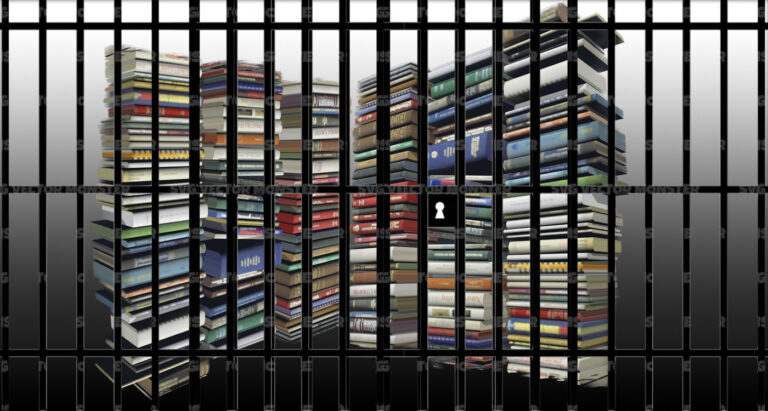
Trees to go in Ashmore

BY ALEXANDER LEWIS
They want to be seen as “green, global and connected”, and they’ve said they’re creating an “urban forest”, but the City of Sydney has given its blessing to developers sharpening their axes in Erskineville.
Up to 40 historic trees are marked for destruction as the controversial Ashmore Precinct Development rolls ahead.
And the Central Sydney Planning Committee, the council committee responsible for Ashmore project, has given no sign it will protect them.
The plans have raised a furore among locals, with a petition “strongly opposing” the removal of the trees presented to City of Sydney Council on Monday September 14.
Labor Councillor Linda Scott, who tabled the petition, said previous council decisions had doomed the Ashmore trees.
“Under the development control plan, these trees are slated to be removed,” Clr Scott said.
She said she hoped the developers would modify their development application so the trees would be spared.
“What I and the community wants [sic] is for those trees to be saved in any application that is lodged,” she said.
“They’re really important to the character of our suburb, and I just hope that the developers don’t knock them down.”
Among the potential trees to go is the group of mature Figs on the corner of Ashmore Street and Mitchell Road.
Large gum trees behind the terraces on 48-56 Ashmore Street are set to be replaced by a shadeless bitumen alley.
They would become part of a growing list of arboreal casualties at the hands of the City of Sydney.
As stated in a letter from community action group Friends of Erskineville (FOE) to councillors, “31 native trees have already been cut down by developers at the western end of Ashmore Street, with council’s full approval”.
FOE tried to have the trees listed on the City of Sydney’s register of ‘significant trees’, which would have protected them, but the application was rejected.
FOE president Darren Jenkins said the trees were iconic and part of Erskineville’s environmental heritage.
“If we keep chopping down trees just because they’re in a developer’s way, then it shows the complete lack of respect that we’ve got for our environment, the lack of respect we’ve got for natural habitats, and we will never maintain established trees in the area,” Mr Jenkins said.
Clr Scott said the removal of the trees would increase the risk of flooding in the area.
“We’ve seen two really significant devastating floods in Erskineville in recent months and we’ve seen significant damage to even some of the properties within the Ashmore estate,” she said.
“So for the good of the residents potentially moving in, as well as the existing residents, it’s really important we maximise the green space and it’s really important we keep the trees that are going to suck up that rain water as the effects of unpredictable climate change happen over time.”
However, a City of Sydney spokesperson told City Hub that the Ashmore Precinct will actually “significantly increase” the trees in the area.
“Around 600 new trees will be planted in the new parks and streets,” the spokespersons said.
“Sometimes the City has to remove established trees that have died, or stand on the site of proposed roads, footpaths or housing.”
The controversial Ashmore development is expected to double the population of the suburb, as more than 6000 people will move into the area over the next decade.
The Central Sydney Planning Committee is expected to make a decision on the development at 57 Ashmore Street next month.









